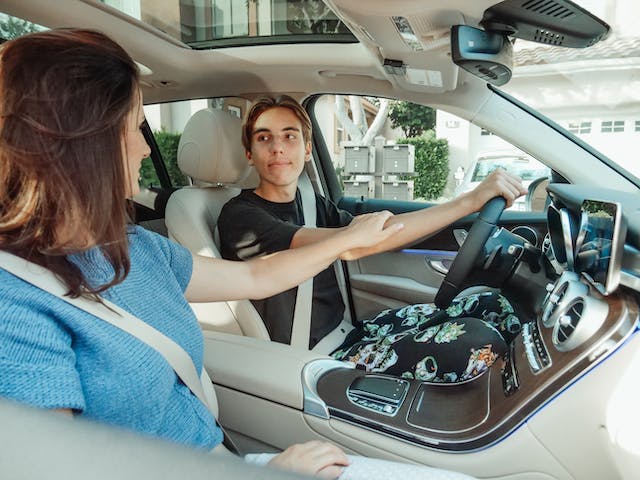You’ve known this day would come – your child is approaching 16 years old and is ready to learn to drive. How did it happen so fast? No matter if you are quite emotionally ready or not, it is your job to give them the tools they need to become a safe, responsible driver. Not quite sure where to start? Here are a few things to consider when making your plan for teaching your teen to get behind the wheel.
Take a Deep Breath
Driving is a part of growing up, but it can be especially scary to think about putting your child behind the wheel of their car. You are right to worry. The Centers for Disease Control reports that car crashes are the leading cause of death for teens. Boys are more especially vulnerable to car crash-related deaths. However, teaching your child safe driving techniques and how to make good decisions on the road can help decrease their chance of being in an accident. Take a deep breath and approach the situation with confidence, not with fear.
Start with Good Driving Days
Begin your driving practice with good conditions, choosing a time of day that both of you are feeling patient with one another. Dry and sunny conditions are the safest to start driving practice in as well. Once you both gain confidence in good road conditions, you can begin to work together to practice in other conditions. Head out in rainy weather, foggy weather, and even snow. The more road practice your child gets with you, the better you will both feel about their progress.
Be a Good Role Model
If you are asking your teen to not text and drive, or to follow speed limit signs, be sure you are following your own advice when you are at the wheel as well. Your teen is watching you (your younger kids are too), so be sure you are making safe decisions and practicing good driving habits at all times.
Talk About Emergencies
Whether it is a flat tire or a car accident, your teen may not know what to do when they encounter an abnormal driving scenario. Talk about it together, giving your teen the tips they need to make it through the situation confidently.
You are your child’s first teacher, and that includes driving. Be sure you are making the best decisions and giving them enough practice to start this new phase of childhood safely.



